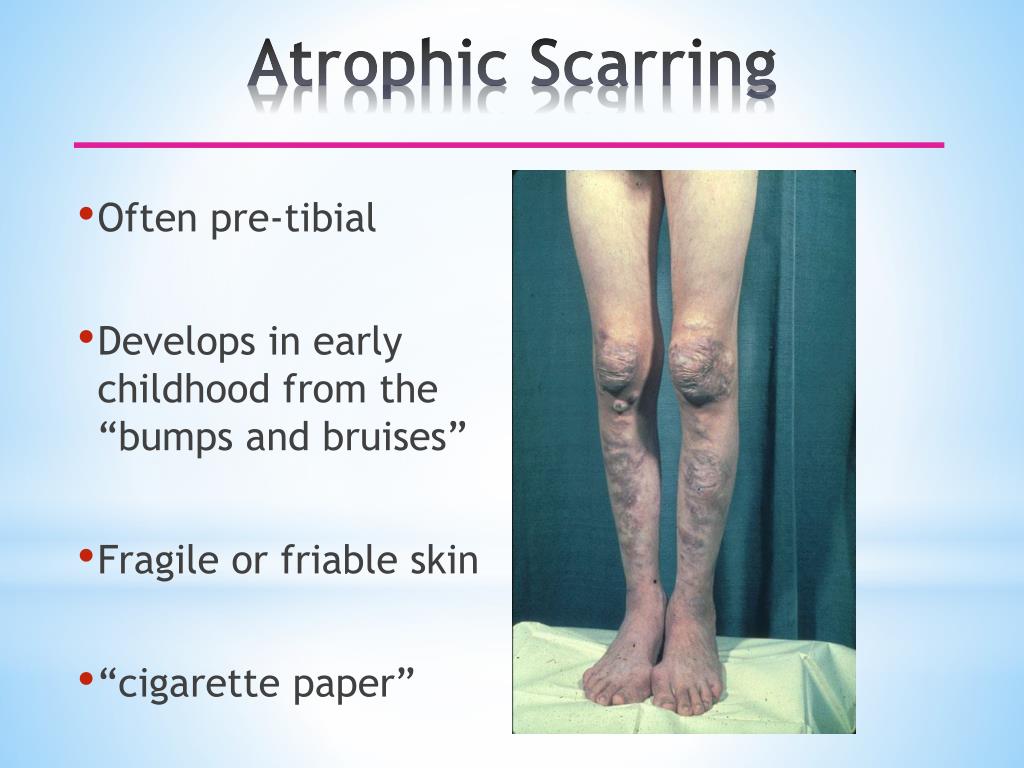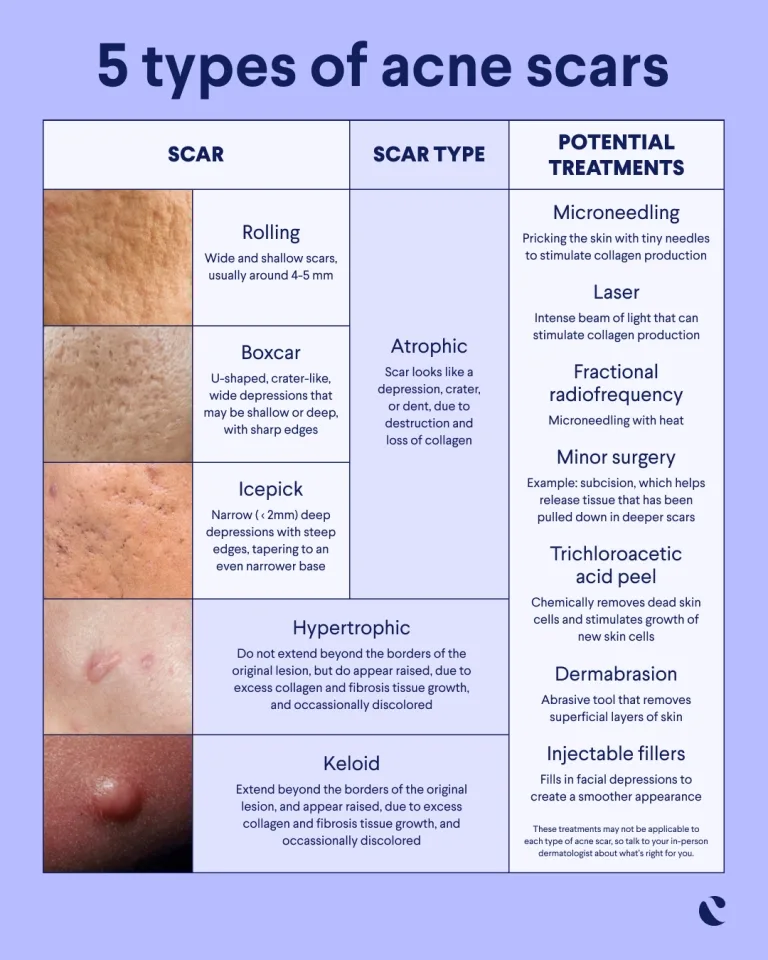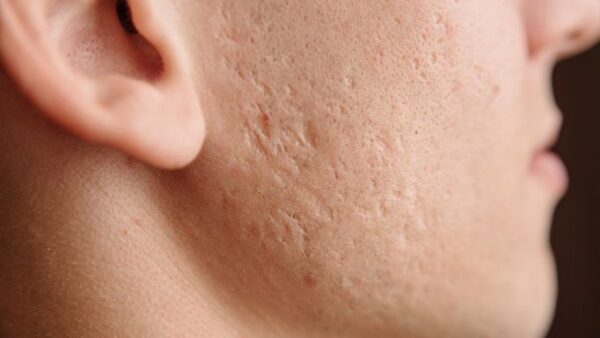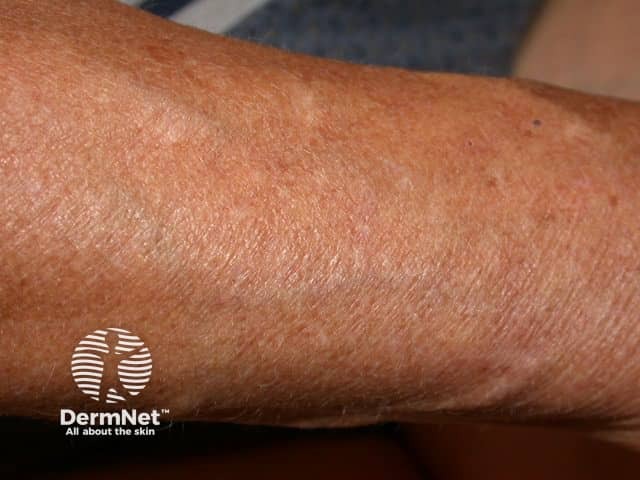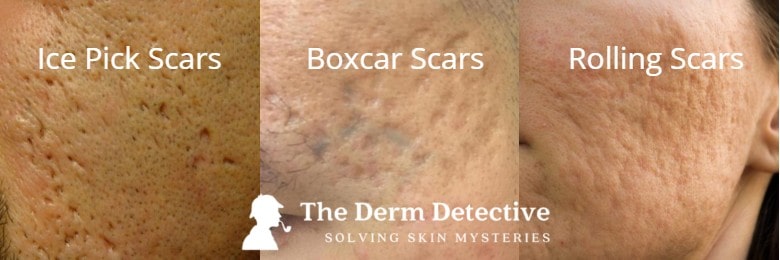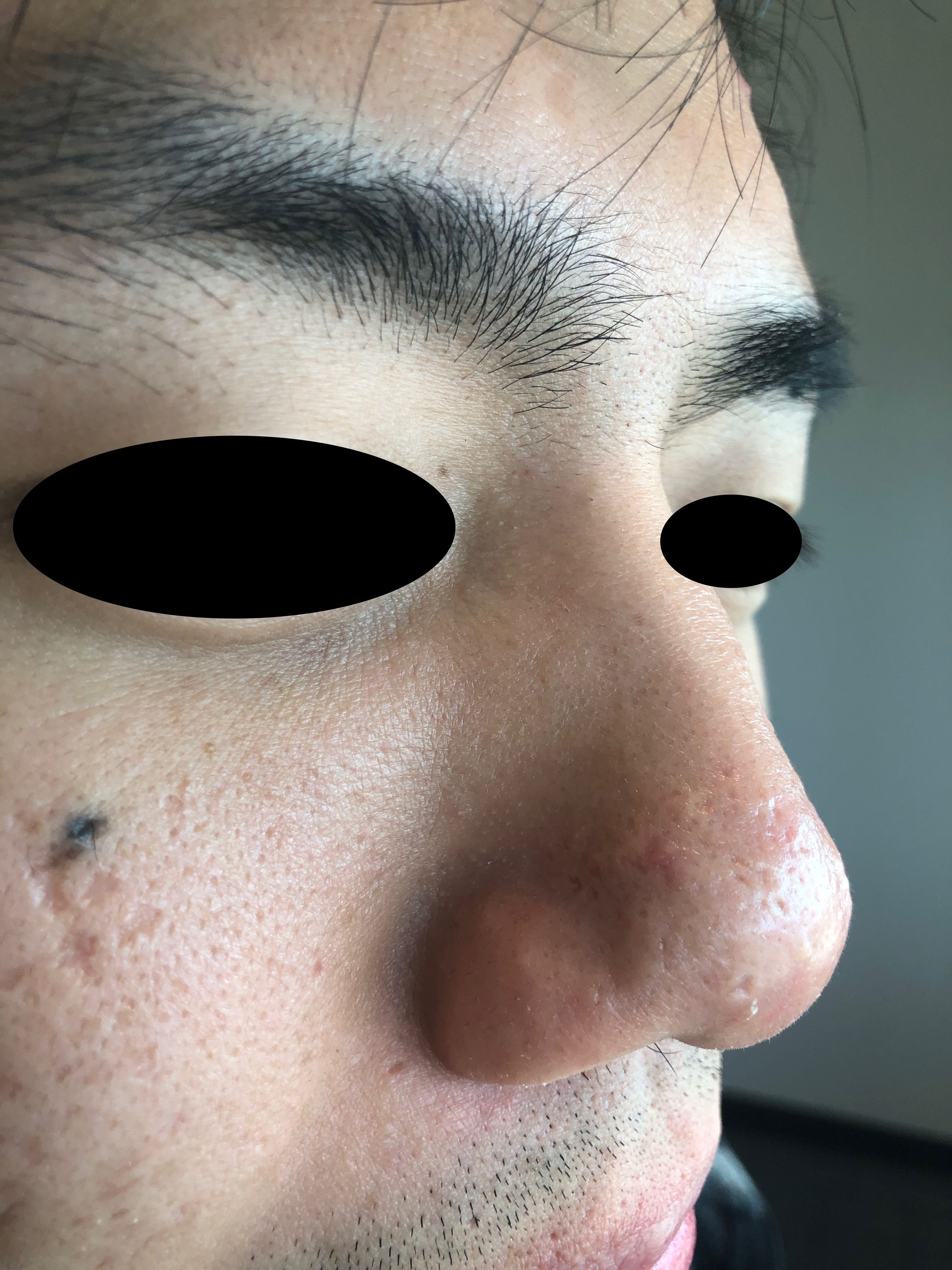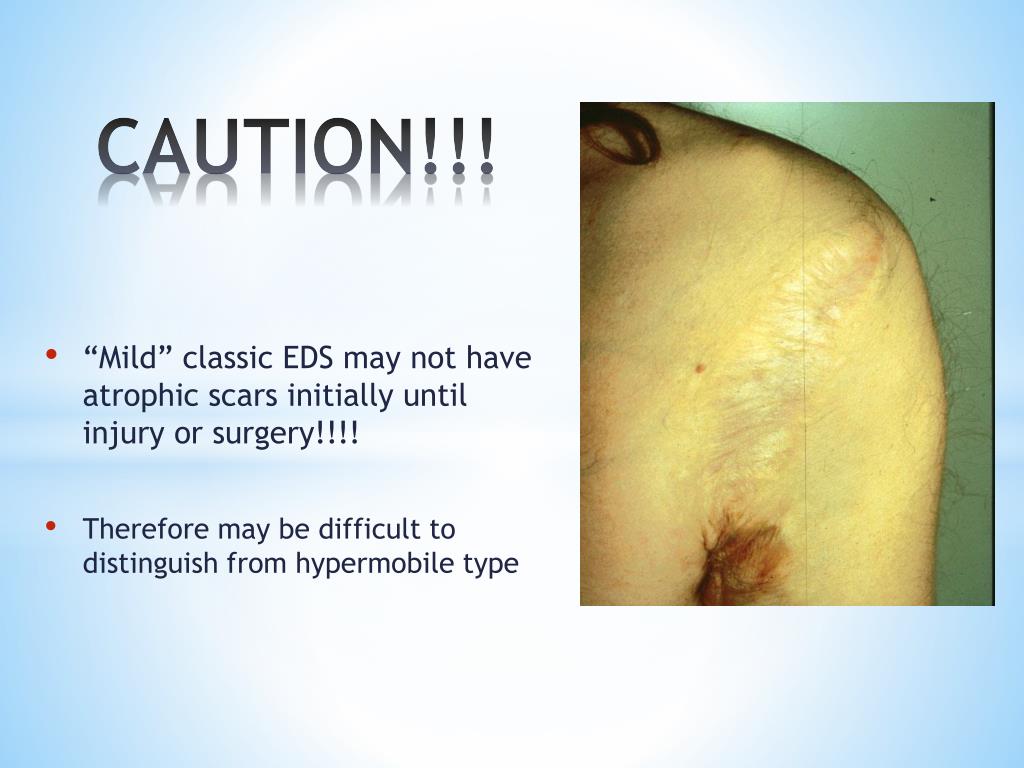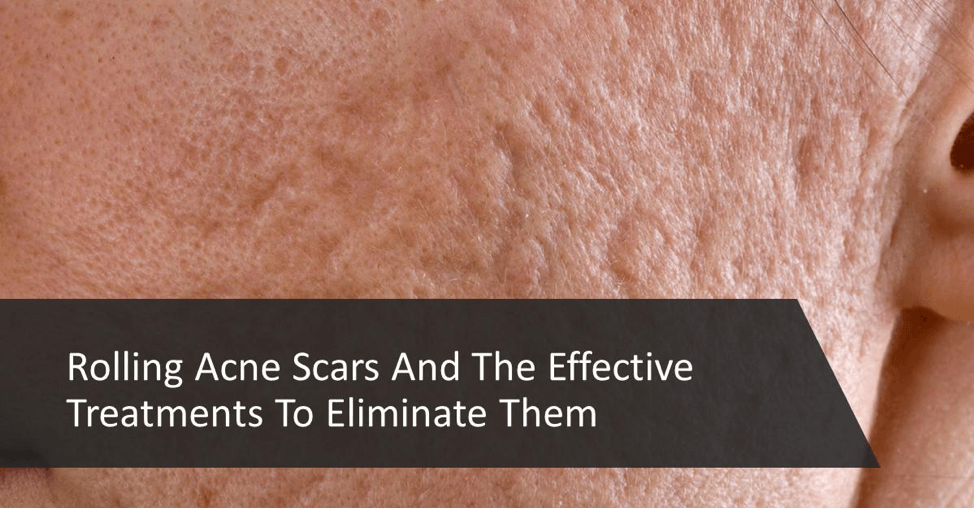What Is Cigarette Paper Atrophic Scarring
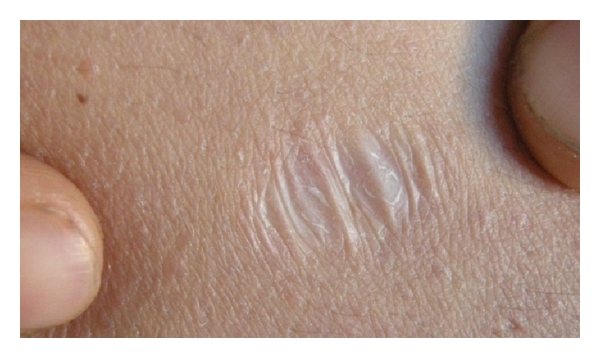
Imagine running your fingers across a landscape of skin, a subtle terrain of tiny, puckered indentations that tell a silent story of battles fought and scars left behind. These aren’t the dramatic, raised welts of childhood scrapes, but rather delicate depressions, almost like the impression left by the end of a cigarette extinguished too close to the skin. They whisper of something deeper than a superficial wound, hinting at a process where the body’s healing mechanisms, though well-intentioned, have left a less-than-perfect mark. This is the world of cigarette paper atrophic scarring.
Cigarette paper atrophic scars, also known as “cigarette paper” scars, are a distinctive type of skin scarring characterized by their thin, wrinkled, and often slightly depressed appearance, resembling the texture of cigarette rolling paper. They signify a specific pattern of tissue damage and subsequent healing, and understanding their nature, causes, and management is crucial for both medical professionals and individuals seeking to address these cosmetic concerns. These scars are most commonly seen in areas like the back, chest, and sometimes the face.
Understanding Atrophic Scarring
To fully grasp cigarette paper atrophic scarring, it’s important to first understand the basics of atrophic scarring in general. Scarring is the body's natural way of repairing damaged skin. When the skin is injured, the body produces collagen to rebuild the tissue. However, in atrophic scars, there's a loss of tissue beneath the skin's surface.
This lack of tissue support results in a sunken or depressed appearance. Common causes of atrophic scars include acne, chickenpox, and certain inflammatory skin conditions. These conditions damage the collagen and elastin fibers that provide support to the skin.
What Makes Cigarette Paper Scars Unique?
While atrophic scars share the characteristic depression, cigarette paper scars possess a distinctive morphology. They are typically thin, finely wrinkled, and often larger in area than other types of atrophic scars. Their texture, reminiscent of cigarette paper, sets them apart and indicates a specific type of tissue damage and healing response.
The term "cigarette paper" doesn't imply that these scars are caused by cigarette burns. Instead, the term is used to describe the appearance of the scars. The underlying cause is usually related to skin conditions that affect collagen production and skin structure.
The Role of Inflammation and Collagen
Collagen is the main structural protein in our skin. It provides strength and elasticity. When the skin is inflamed, as in cases of severe acne or certain infections, collagen production can be disrupted.
In cigarette paper scars, the inflammation leads to the breakdown of existing collagen. Simultaneously, the body's attempt to rebuild this collagen may be inadequate or disorganized, resulting in the thin, wrinkled appearance characteristic of these scars.
Furthermore, some inflammatory conditions can damage the skin's elastin fibers, which are crucial for skin's ability to stretch and recoil. Loss of elastin contributes to the skin laxity observed in cigarette paper scars.
Common Causes of Cigarette Paper Scarring
While various factors can contribute to atrophic scarring, certain conditions are strongly associated with the development of cigarette paper scars. Understanding these causes is crucial for prevention and targeted treatment. The major conditions associated with the development of cigarette paper scarring include:
Acne Vulgaris
Severe acne, particularly inflammatory forms involving deep cysts and nodules, is a primary culprit. The inflammation associated with these lesions can cause significant damage to the collagen and elastin in the skin. This damage can lead to the development of cigarette paper atrophic scars after the acne lesions resolve.
Folliculitis
Folliculitis, an inflammation of the hair follicles, can also contribute to cigarette paper scarring. Deep or chronic folliculitis, often caused by bacterial or fungal infections, can damage the surrounding skin tissue. This damage leads to atrophic scarring.
Connective Tissue Disorders
Certain connective tissue disorders, such as Ehlers-Danlos syndrome (EDS), can predispose individuals to cigarette paper scarring. EDS affects collagen production and structure. People with EDS have thin, fragile skin that is more susceptible to scarring.
Steroid Use
Prolonged use of topical corticosteroids can thin the skin. This can make it more prone to damage and scarring. The thinned skin is more likely to develop atrophic changes, including the characteristic appearance of cigarette paper scars.
Treatment Options
While cigarette paper scars can be challenging to treat, several effective options are available to improve their appearance. The most appropriate treatment approach depends on the severity of the scarring, the individual's skin type, and their specific goals.
Here are some common treatment methods:
Topical Retinoids
Topical retinoids, such as tretinoin, can stimulate collagen production and improve skin texture. These medications help to reduce the appearance of scars over time. Consistent use is essential for optimal results. Be patient, consistency is key.
Microneedling
Microneedling involves using a device with tiny needles to create controlled micro-injuries in the skin. These micro-injuries trigger the body's natural healing response. This healing response stimulates collagen production and improves the appearance of scars. Multiple sessions are typically required.
Laser Resurfacing
Laser resurfacing treatments, such as fractional CO2 laser, can effectively improve the appearance of cigarette paper scars. These lasers remove the outer layers of damaged skin and stimulate collagen production. This results in smoother, more even skin texture.
Dermal Fillers
Dermal fillers, such as hyaluronic acid, can be injected into the depressed areas of the scars. This helps to elevate the skin and improve its appearance. While fillers provide temporary improvement, they can offer a noticeable difference.
Surgical Excision
In some cases, surgical excision may be considered for small, isolated cigarette paper scars. The scar tissue is surgically removed, and the skin is then closed with sutures. This can result in a less noticeable scar.
Prevention is Key
While treatment options exist, preventing the formation of cigarette paper scars is often the most effective strategy. Prompt and appropriate management of skin conditions associated with scarring is crucial. Early intervention can minimize the risk of developing these scars.
Proper wound care is also essential to reduce the likelihood of scarring. Keeping wounds clean and protected with appropriate dressings can promote optimal healing and minimize scar formation. Avoid picking or scratching at skin lesions, as this can exacerbate inflammation and increase the risk of scarring.
Living with Scars: More Than Just Skin Deep
Cigarette paper scars, while often considered a cosmetic concern, can have a significant impact on an individual's self-esteem and quality of life. Many individuals feel self-conscious about the appearance of their skin. It is important to remember that beauty is more than skin deep, but if scars are genuinely affecting your confidence, seeking treatment is a valid choice.
Whether you choose to pursue treatment or not, remember that your worth is not defined by your scars. Embrace your individuality and find healthy ways to build your self-confidence. There are many support groups and online communities where people share their experiences with scarring. Connecting with others can provide valuable support and encouragement.
The journey to understanding and addressing cigarette paper atrophic scarring is one of empowerment. By understanding the underlying mechanisms, exploring treatment options, and embracing self-acceptance, individuals can navigate this journey with knowledge, resilience, and hope. The landscape of our skin tells a story, and it's a story we can learn to read, understand, and ultimately, rewrite.

